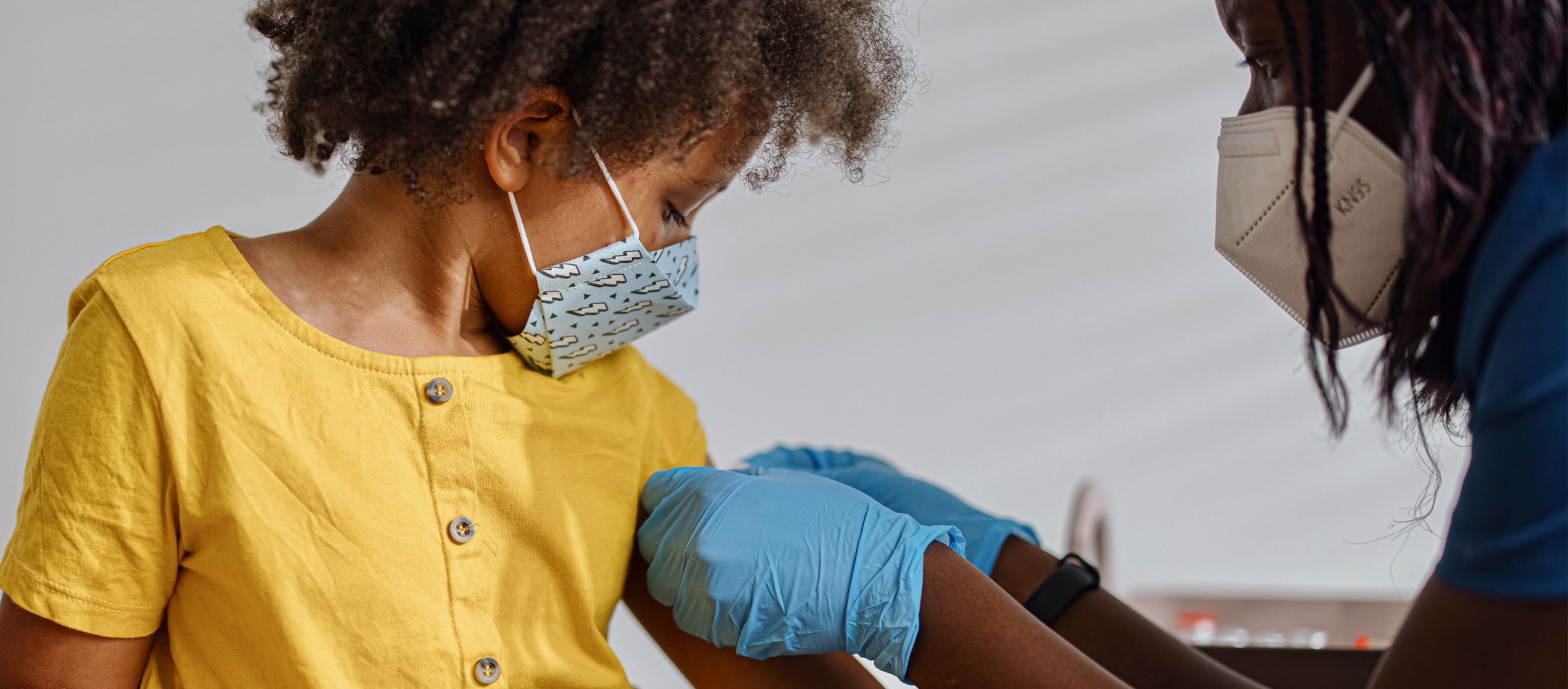Like many of you, I’m looking forward to watching the XXII Olympic Winter Games in Sochi. I am particularly excited to watch Shaun White compete against the world’s other elite snowboarders in the halfpipe competition next week.
Although it is often mentioned briefly in stories about him, many do not know Shaun White was born with a condition called tetralogy of Fallot – a term that describes a combination of heart defects including a hole between the pumping chambers of the heart and an abnormally narrowed valve and surrounding structures that link the right side of the heart to the lungs.
It is the most common heart condition that can cause cyanosis or a “blue baby.”
As a young child, Shaun White underwent two heart surgeries that enabled him to not only survive a potentially fatal heart disease, but to thrive as an Olympic athlete. His success shows how far surgery for congenital heart disease has come.
This November will mark the 70th anniversary of the first surgery for tetralogy of Fallot. The first surgeries were relatively simple. The doctors created a shunt by disconnecting an artery leading to the arm and reconnecting it to the lungs.
It radically improved the lives of these children, but it didn’t really fix any of the issues on the inside of the heart. A successful open heart repair didn’t happen until 13 years later in 1957. With each passing decade, the surgeries, the diagnostic testing and medical care have become more and more refined.
Even with all of these medical and surgical advancements, we cannot say tetralogy of Fallot is cured. The childhood surgeries that open the tight valve can sometimes lead to issues that may not present for 10, 20 years or more. Many of the changes are so gradual, that people just assume they are getting older and out of shape rather than their heart is struggling because it needs a new valve. In some patients, a new valve can actually be placed with a catheter procedure – avoiding a repeat open heart surgery entirely and usually only requiring one night in the hospital.
Many long term problems can be avoided by following up with a congenital heart specialist once a year. Simple tests like an electrocardiogram, an echocardiogram or an exercise test can help detect small issues before they become major problems. Cardiac MRI is now used to truly see the heart in three dimensions. It is currently the gold standard for evaluating the right heart in tetralogy of Fallot.
With all of these advances, the vast majority of children born with tetralogy of Fallot now live long and active lives into adulthood. There are now more people over the age of 18 living with tetralogy of Fallot than there are children under 18 with this condition. These patients present new and different medical challenges than adults with more common conditions such as heart attacks and hypertension. There is a small but growing number of cardiologists now specializing in the care of adolescents and adults with congenital heart disease.
We can only help people if they come see us. If you know someone who underwent heart surgery as a child but hasn’t seen a cardiologist in a number of years, encourage them to seek out an adult congenital heart disease specialist.
As the Olympics play out this winter, I’ll be watching Shaun as he goes for a third Olympic gold medal. If he succeeds, it will because of his talent, skill and determination and also because 70 years of medical advances kept tetralogy of Fallot from sidelining his life.
[list][item icon=”fa-question-circle” ]Questions about our Adult Congenital Heart Disease Program? Please contact us here. [/item][/list]






I am thankful for those advancements. My son was diagnosed at 2 weeks with T.O.F and at 7 and 8 weeks had 2 major surgeries. He has 2 pacemakers now, but he’s going on 11 and nothing seems to slow him down. Reading this gives him and I hope. Even though he’s different, he can do almost anything!